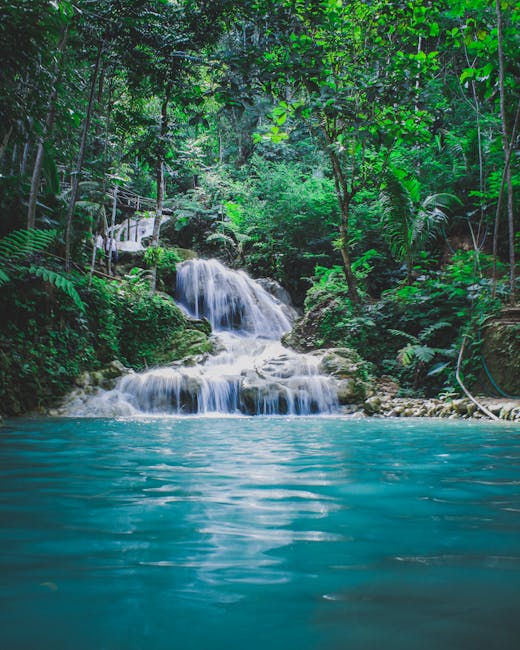Bryce Canyon National Park is a wonderland of pink and orange hoodoos, making it a must-see for any hiker. But with so many trails to choose from, planning your hike can feel a bit overwhelming. That’s where this guide comes in! I’m here to help you pick the perfect trails for your skill level and make sure you have a safe and unforgettable adventure.

Choosing the Right Trail for You
Bryce Canyon offers trails for everyone, from easy strolls along the rim to challenging descents into the canyon. When selecting a trail, consider your fitness level, the time you have available, and what you want to experience. Do you want panoramic views? A close-up look at the hoodoos? A longer, more strenuous hike?
Here are some popular options, broken down by difficulty:
Easy Hikes
These trails are generally paved and relatively flat, making them perfect for families, beginners, or anyone looking for a relaxed experience.
Rim Trail: This trail stretches along the edge of the canyon, offering stunning views from various viewpoints like Sunrise Point, Sunset Point, Inspiration Point, and Bryce Point. You can hike the entire trail (5.5 miles roundtrip) or just sections of it. It’s mostly paved, making it accessible for strollers and wheelchairs in certain areas.
Mossy Cave Trail: A short and sweet 0.8-mile roundtrip hike that leads to a small, mossy grotto and a waterfall (seasonal). It’s a great option for a quick and easy adventure.
Moderate Hikes
These trails involve some elevation change and uneven terrain, requiring a moderate level of fitness.
Navajo Loop Trail: This iconic 1.3-mile loop descends into the canyon, winding among towering hoodoos. It’s a relatively steep trail with switchbacks, but the close-up views are well worth the effort. Combine it with the Queen’s Garden Trail for a longer and even more rewarding hike.
Queen’s Garden Trail: This 1.8-mile out-and-back trail descends into the canyon and leads to the Queen Victoria hoodoo, a rock formation that resembles the famous monarch. It’s less steep than the Navajo Loop but still involves some elevation change.
Tower Bridge Trail: A 3-mile out-and-back trail that leads to a natural bridge formation. This trail offers a different perspective on the canyon and is less crowded than the Navajo Loop and Queen’s Garden trails.
Strenuous Hikes
These trails are challenging and require a good level of fitness. They involve significant elevation change and may include steep sections and uneven terrain.
Fairyland Loop Trail: An 8-mile loop that descends into the canyon and offers incredible views of hoodoos and other rock formations. This trail is less crowded than some of the more popular trails but requires a full day and plenty of water.
Peek-A-Boo Loop Trail: A 5.5-mile loop that descends deep into the canyon and offers stunning views of hoodoos from all angles. This trail is steep and challenging but is considered one of the best hikes in Bryce Canyon.
Safety First: Hiking Tips for Bryce Canyon
Hiking in Bryce Canyon is an incredible experience, but it’s important to be prepared. Here are some tips to ensure a safe and enjoyable hike:
Check the Weather: Bryce Canyon’s weather can change quickly, so check the forecast before you go. Be prepared for sun, wind, rain, and even snow, depending on the time of year.
Wear Appropriate Clothing: Dress in layers so you can adjust to changing temperatures. Wear sturdy hiking shoes with good traction. A hat and sunglasses are also essential.
Bring Plenty of Water: Dehydration is a serious risk, especially at high altitude. Carry at least 2-3 liters of water per person, and more if you’re hiking a strenuous trail.
Bring Snacks: Pack high-energy snacks like trail mix, energy bars, or fruit to keep you fueled throughout your hike.
Use Sunscreen: The sun is strong at Bryce Canyon’s high elevation. Apply sunscreen liberally and reapply every two hours.
Know Your Limits: Don’t attempt a hike that is beyond your fitness level. Start with an easier trail and gradually increase the difficulty as you become more comfortable.
Stay on the Trail: Wandering off the trail can damage fragile vegetation and increase your risk of getting lost. Plus, it helps protect the unique landscape.
Be Aware of Altitude Sickness: Bryce Canyon is located at a high elevation (8,000-9,000 feet). If you’re not used to the altitude, take it easy on your first day and drink plenty of water. Symptoms of altitude sickness include headache, nausea, and fatigue. If you experience these symptoms, descend to a lower elevation.
Tell Someone Where You’re Going: Before you head out on a hike, let someone know your plans and when you expect to be back.
Best Time to Hike in Bryce Canyon
The best time to hike in Bryce Canyon is during the spring (April-May) and fall (September-October). The temperatures are mild, and the crowds are smaller than in the summer. Summer can be hot, especially during the middle of the day, but it’s still a popular time to visit. Winter can be cold and snowy, but the park is beautiful under a blanket of snow. Be sure to check trail conditions, as some trails may be closed due to snow or ice.
Frequently Asked Questions
Are there restrooms available on the trails?
Restrooms are available at the visitor center and at several viewpoints along the Rim Trail, but there are no restrooms along most of the trails that descend into the canyon. Plan accordingly!
Is there cell service in Bryce Canyon?
Cell service is limited in Bryce Canyon, especially in the canyon itself. Don’t rely on your phone for navigation or communication. It’s a good idea to download offline maps before you go.
Are dogs allowed on the trails?
Dogs are only allowed on paved surfaces, including the Rim Trail (above the canyon) and campgrounds. They are not allowed on any of the trails that descend into the canyon.
Do I need a permit to hike in Bryce Canyon?
You don’t need a permit for day hiking, but you do need to pay an entrance fee to enter the park. You can purchase a pass at the entrance station or online.
Bryce Canyon is waiting for you! With a little planning and preparation, you can have an amazing hiking experience in this unique and beautiful park. Remember to choose a trail that’s right for your fitness level, pack plenty of water and snacks, and be aware of the weather conditions. Happy hiking!






